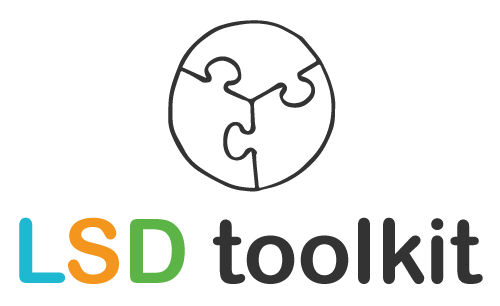Where the scrum master deals with the team, the agile coach acts a ‘level’ higher. He or she deals with the adoption of agile working between teams, departments, sectors and at organizational level. But what exactly does his or her coach do?
NEED?
The Scrum Guide has no Agile coach, only scrum masters. The reason for this is simple: the tasks and responsibilities assigned to the agile coach are (already) part of the tasks of the scrum master. An agile coach quickly misses the connection with the teams (because he does not guide them directly) and runs the risk of being seen as ‘of management’.
COMPETENTIONS
The Agile coach is not so much a role as a personality. The agile coach combines a number of competencies that fit in creating awareness and enthusing. Boosting, connecting and above all: sharpening. As far as we are concerned, the latter is the most important. This is expressed in the following call from LSD coach and agilist Gerjon Zomer to fellow agile coaches and scrum masters (published as Linkedin Pulse on 6 September 2018).
A GOOD AGILE COACH ITCHES

Dear colleague scrum masters and agile coaches,
I regularly read articles on linkedin with the topic ‘What makes you a good agile coach?’ and ‘What properties should the scrum master have?’. Here lists (‘the top 5 of desired qualities!’) always do well. The most frequently mentioned ‘winning’ qualities can be summarized as: ‘A socially skilled connector, people-oriented coach and practice-skilled change expert’.
I’m not going to lose any colleagues – I’m relatively new to this world – and I certainly don’t have the truth. But many of these articles are a little cowardly to my taste. Too mainstream. Of course, as a freelancer or seconded employee, you have to hold back a bit. The proverb I often hear in this context is ‘Never bite the hand that feeds you’. So you are constantly skipping between what you want to say and what you are allowed and able to say.
A very different proverb is ‘soft healers make stinky wounds’. It is your job as an agilist to keep asking and sawing. To be difficult for your team(s). Don’t turn retrospectives into cosy get-togethers, but let teams really look inside. Responsibility and maturity are part and parcel of the enormous freedom of self-managing teams. Only by making team members aware of their behaviour, you help them further. And yes, you can be people-oriented without ever sacrificing or hurting them. Direct feedback is almost always experienced as liberating.
On the other side of the agile spectrum are the managers. They often struggle with their new role. Because what exactly does an agile manager do? Again, call a man and a horse. Your assignment is to take managers further in the agile transition; you’re not their friend. So be honest: yes, it’s scary! Agile is not just fun. And it’s not cheaper either. The agile transition is not an evolution but a revolution. No, it’s not gonna be easy. But there’s a pot of gold at the end of an agile rainbow. So keep asking why the organization chooses to work agile. Agile is a mindset and scrum is not an end but a means. Without an end, the means becomes the end (as we unfortunately see too often when using scaling frameworks).
Back to the beginning. I think the scrum master – and especially the agile coach – should always feel a little uncomfortable. He or she itches. So that teams and managers start scratching. Continue to identify the bottlenecks and associated opportunities, on the boundary of irritation. This goes beyond safe ‘challenging’ (often introduced by the preceding excuse: ‘I’m going to challenge you now’). This does not mean that you draw your own plan; you remain approachable and constantly explain why you do things the way you do them. But keep an eye out for agile consessions. Say what it says. Whispering doesn’t wake someone up.
A comfortable agile coach is an internal contradiction. Act first, apologize later. Be an example: show guts! That does justice to yourself as an agilist. And gives your client the best value for money.
Have a good Scrum!
Gerjon
